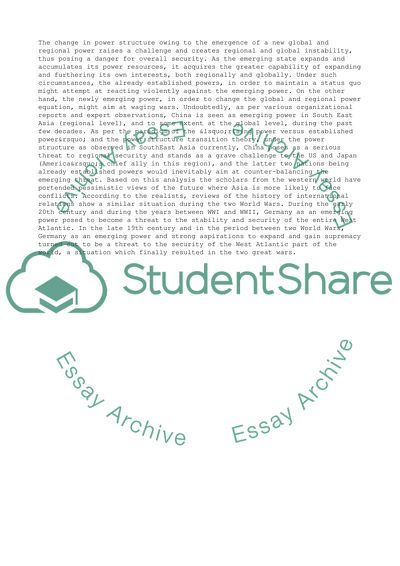Cite this document
(US Interest in Asia Research Paper Example | Topics and Well Written Essays - 3000 words, n.d.)
US Interest in Asia Research Paper Example | Topics and Well Written Essays - 3000 words. Retrieved from https://studentshare.org/business/1783861-to-what-extent-does-chinas-rise-present-a-threat-to-us-interest-in-asia
US Interest in Asia Research Paper Example | Topics and Well Written Essays - 3000 words. Retrieved from https://studentshare.org/business/1783861-to-what-extent-does-chinas-rise-present-a-threat-to-us-interest-in-asia
(US Interest in Asia Research Paper Example | Topics and Well Written Essays - 3000 Words)
US Interest in Asia Research Paper Example | Topics and Well Written Essays - 3000 Words. https://studentshare.org/business/1783861-to-what-extent-does-chinas-rise-present-a-threat-to-us-interest-in-asia.
US Interest in Asia Research Paper Example | Topics and Well Written Essays - 3000 Words. https://studentshare.org/business/1783861-to-what-extent-does-chinas-rise-present-a-threat-to-us-interest-in-asia.
“US Interest in Asia Research Paper Example | Topics and Well Written Essays - 3000 Words”, n.d. https://studentshare.org/business/1783861-to-what-extent-does-chinas-rise-present-a-threat-to-us-interest-in-asia.


